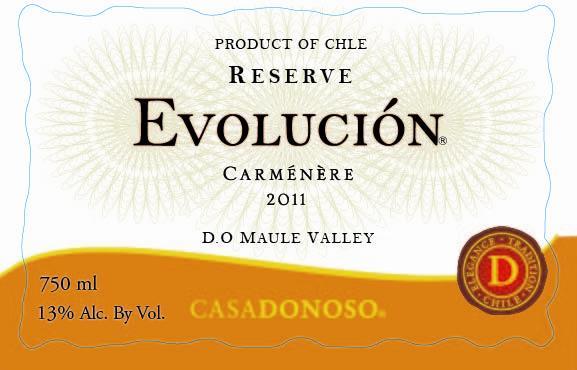2011 Maule Valley Carmenere
Casa Donoso Evolucíon, a remarkable 2011 Carmenere from the esteemed Maule Valley, showcases the unique character of this renowned Chilean varietal. This captivating red wine exhibits a full-bodied profile, perfectly balanced by vibrant acidity that brings a refreshing lift to its robust character. The fruit intensity is prominent, featuring luscious notes of dark berries and subtle hints of spice, making it a truly delightful experience for the senses. The tannins are notable yet soft, adding to the wine's overall structure without overwhelming the palate. With a beautifully crafted finish, this wine is dry, ensuring that it harmonizes gracefully with a variety of dishes, making it a wonderful choice for any occasion.
Casa Donoso Evolucíon, a remarkable 2011 Carmenere from the esteemed Maule Valley, showcases the unique character of this renowned Chilean varietal. This captivating red wine exhibits a full-bodied profile, perfectly balanced by vibrant acidity that brings a refreshing lift to its robust character. The fruit intensity is prominent, featuring luscious notes of dark berries and subtle hints of spice, making it a truly delightful experience for the senses. The tannins are notable yet soft, adding to the wine's overall structure without overwhelming the palate. With a beautifully crafted finish, this wine is dry, ensuring that it harmonizes gracefully with a variety of dishes, making it a wonderful choice for any occasion.




